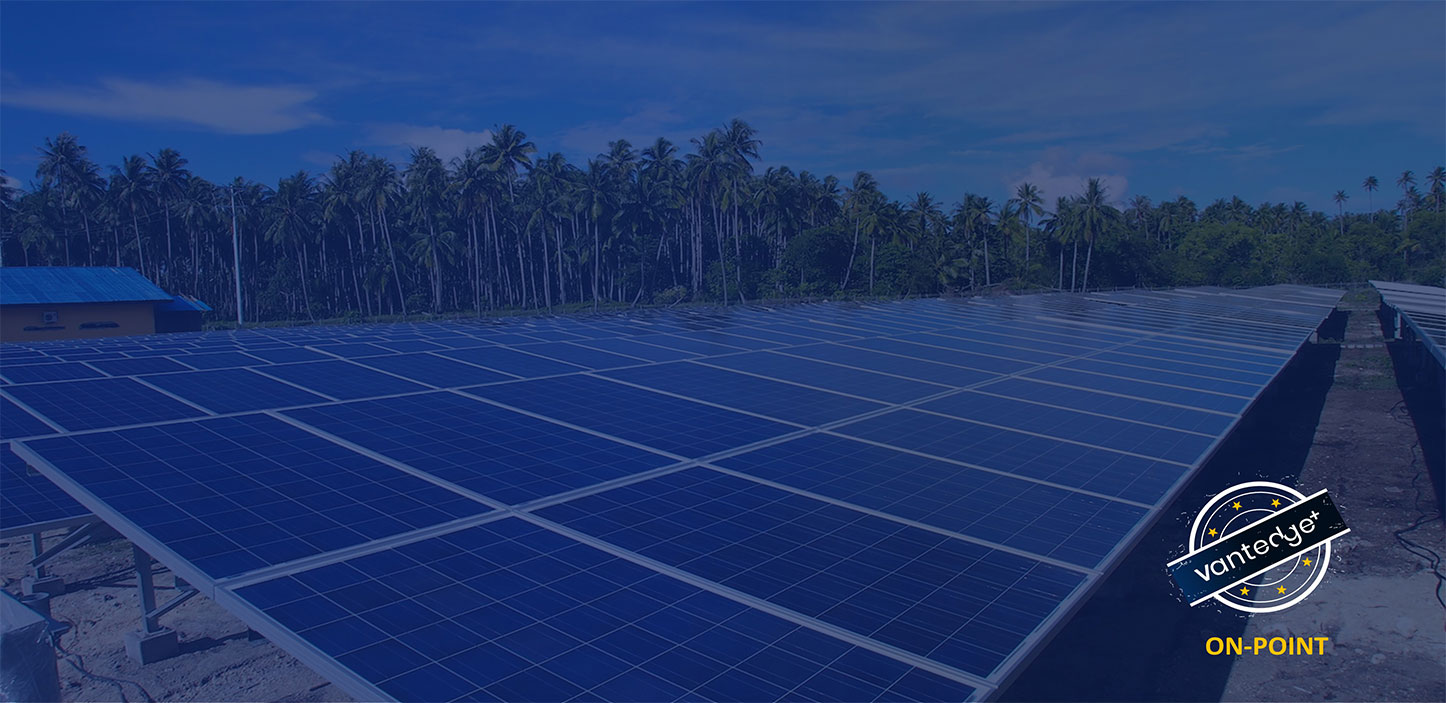Hydrogen distribution and global supply chains
With hydrogen production costs falling, costs for hydrogen distribution are becoming increasingly more important. For production and distribution, three types of value chains are emerging.
Largescale hydrogen off takers that are in close proximity to favourable renewables or gas and carbon storage sites will use onsite production. Smaller off takers, for example re fuelling stations or households, will require regional distribution. In regions without optimal resources, both large- and small off takers may rely on hydrogen imports.
The emergence of international distribution is driven by cost differences for hydrogen production stemming from renewables endowment, the availability of natural gas and carbon storage sites, existing infrastructure and the ease and time requirements for its build-out, land use constraints, and the assignment of local renewables capacity for direct electrification. Many expected hydrogen demand centers, including Europe, Korea, Japan, and parts of China, experience such constraints. In some of these cases, H2 suppliers will meet this demand more effectively by importing hydrogen rather than producing it locally.

Distribution of global hydrogen resources and demand centers

The H2 supplies depends upon the optimal H2 transport mode, that varies by distance , terrain and end-use : no universal solution exist
Hydrogen can be transported globally using three forms of transportation – trucks, pipelines or ships – using a range of different carriers. Currently, liquid hydrogen, liquid organic hydrogen carriers and ammonia are the carbon-neutral solutions with the most traction. While the optimal choice of transportation depends heavily on the targeted end-use and the terrain to be covered, some general rules on preferable solutions for different distances apply.
For short and medium range distances, retrofitted pipelines can achieve very low H2 transportation costs (less than or equal to USD 0.1/kg for up to 500km). However, these costs are realizable only if existing pipeline networks are available and suitable for retrofitting (e.g., ensuring leakage prevention), and high volumes of H2 are transported, guaranteeing high utilization rates. For lower or highly fluctuating demand, or to bridge the development to a full pipeline network roll-out, trucking hydrogen – in gaseous or liquid form – is the most attractive option. It can achieve costs of around USD 1.2/kg per 300km. End applications as well as demand size are decisive for choosing between liquid or gaseous hydrogen trucking options.
For longer distances, both new and retrofitted subsea transmission pipelines provide cheaper at scale transportation than shipping, but are not relevant for all regions. Where pipelines are not available, the transportation choice involves a range of different carriers. The three modelled here – LH2, LOHC and NH3 – are the most discussed.

Why green H2 is pegged as a game changer in India ?
India has been no different when it comes to investments for H2 from the world in terms of sentiments to say the least. With companies like Reliance, Adani, IOCL and NTPC all geared up with ambitious green H2 plans, India certainly looks poised for a carbon free transition. Also, with National Hydrogen Mission the country aims to become the largest exporter and producer of green H2. Strategic collaborations, massive technological investments and ideal policy & regulatory interface for Indian firms is shaping the green H2 market in the country to acquire a fast pace by 2025. This shall be inline with projections that by 2050, 3/4th of all the hydrogen produced shall be green produced by renewable energy and electrolysis.
For India, the scene shall be dominated by low-cost renewable projects like solar PV electrolysis or wind-based electrolysis could see the green hydrogen cost as low as $1.5/kg to $2.3/kg which shall increase the competitiveness by 2030, respectively. Thus, India shall be the destination next for global investments for green hydrogen projects .
Very good chance of green hydrogen to break even with gray hydrogen in India by 2030 – India might see a break-even for green and gray hydrogen as early as 2030 driven by primarily three factors –
• Falling Capex for electrolyzer
• LCOE for renewable power generation is on continuous decline
• Globally larger capacity utilization for RE based H2 projects are witnessed

Current hydrogen development landscape in India – investment targets & key projects

More from the reports
- Identifying demand clusters for hydrogen in India as per end use industries - Urea & Ammonia
- Identifying demand clusters for hydrogen in India as per end use industries - Steel Manufacturing
- Identifying demand clusters for hydrogen in India as per end use industries - Refineries & Chemical Units
- Identifying demand clusters for hydrogen in India as per end use industries - Food Processing
- Identifying demand clusters for hydrogen in India as per end use industries - Power Plants
- Business case evaluation of hydrogen end use in mobility & transportation sector India
- Scaling infrastructure for potential demand clusters in India for hydrogen offtake
- Transcending India into a global hydrogen hub - Examining demand pockets for green hydrogen offtake
- Understanding global hydrogen production costs and curve downwards
- Commercial supply chain and hydrogen strategy roadmap for Asia Pacific - Japan








